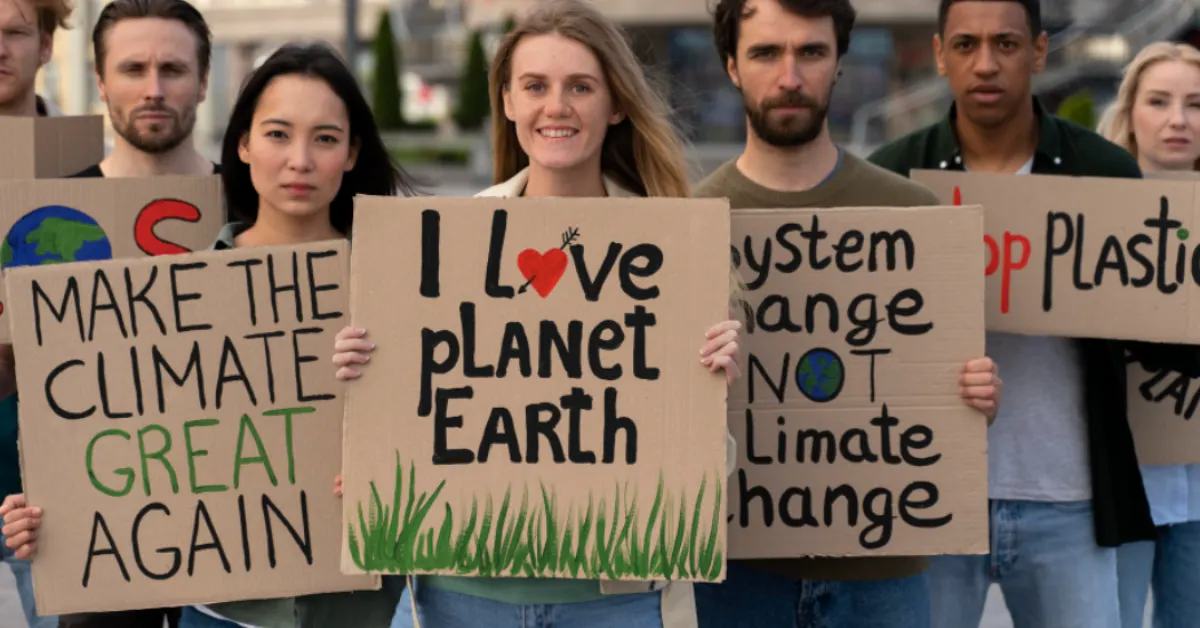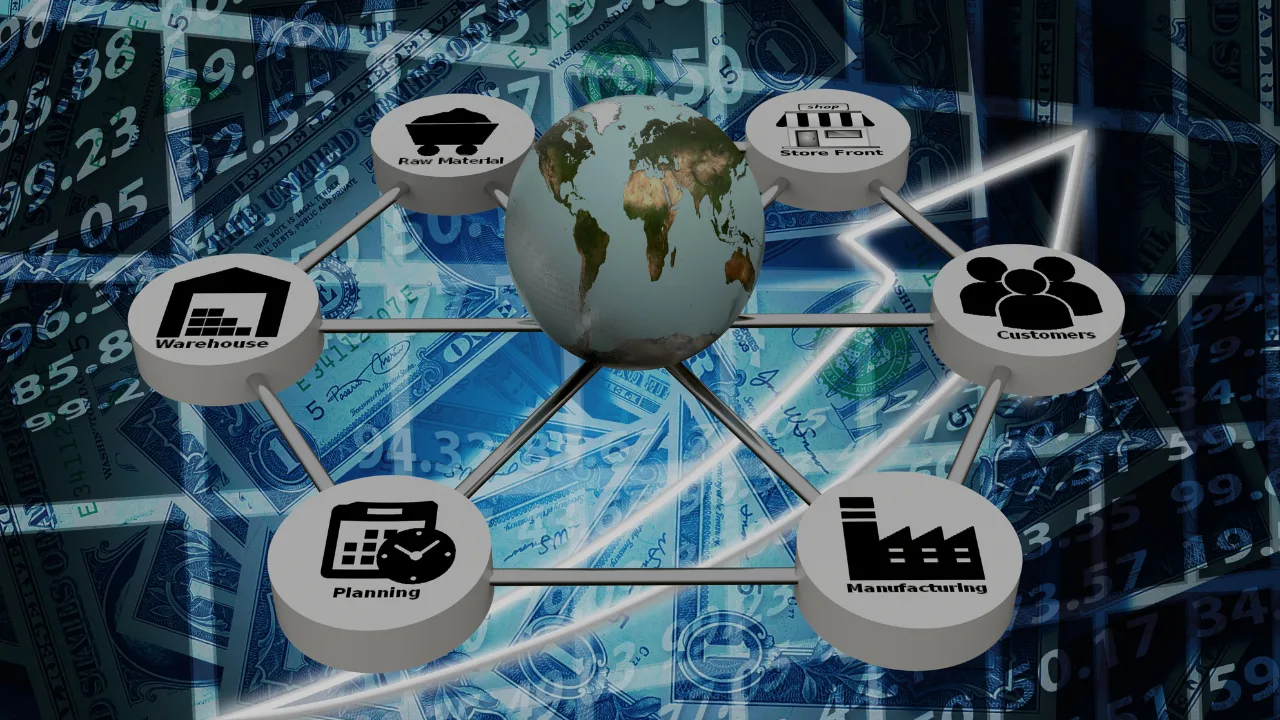How U.S. Environmental Actions Affect Communities.In 2025, the U.S. climate policy is experiencing a major shift with new regulations, legislative bodies, and executive orders, with modern communities like access to clean air, water, and energy.

From the halting of climate protections to state-level resilience, they all have real-world repercussions. Global action is based on raising energy costs, economy-threatening public health, and environmental concerns, and changing the role of climate action.
The actions taken by the U.S. government have a significant impact on communities across the nation, where some communities experience pronounced effects compared to others on the basis of social, geographical, and economic factors.

This article will guide and break down the latest developments, their impacts on everyday life, and what communities can do to adapt.
Key Climate Policy Changes in 2025
As per the US government, the climate change policies have various new changes, like, the New Climate Finance Goal, Sustainable Transportation, and Climate Promise 2025. Below are the key points for climate change policy in 2025.

| Policy Area | Recent Changes | Impact on Communities |
| Federal Climate Regulations | EPA’s methane rules for oil/gas weakened; Clean Air Act standards rolled back 812 | Increased air pollution and higher asthma rates near industrial zones |
| International Agreements | U.S. withdraws from Paris Agreement & UN climate treaties 19 | Loss of global climate funding for vulnerable nations |
| Energy & Emissions | Inflation Reduction Act incentives cut; fossil fuel leasing expanded 810 | Higher energy bills, fewer clean energy jobs |
| Environmental Justice | EPA’s environmental justice offices disbanded 38 | Low-income & minority communities face more pollution |
| State-Level Action | Vermont, Maryland, and Massachusetts advance clean energy plans 10 | Local job growth, but federal conflicts may slow progress |
| Climate promise | Aims with 1.5°C goal with national climate pledges(NDCs) | To drive sustainable development, strengthen air quality, and invest. |
Actions Taken On Climate Policy 2025
To address climate change in 2025, the government, businesses, and individuals have taken major action regarding climate change, which encourages net-zero commitments, incentivizes justifiable finance, and implements robust regulatory structures.

These efforts are characterized by aiming to limit global warming to 1.5 °C agreed in the Paris Agreement. The agreement takes the initiative by raising ambition on nationally determined contributions (NDCs), strengthening climate-related infrastructure, and promoting nature-based solutions.

1. Federal Reversal: More Pollution, Higher Costs
Weaker EPA(vehicle emission standards) Regulations:
- Limitations on methane emissions for the operation of oil and gas may pose a higher risk of air pollution near extraction sites.
- Respiratory illnesses and smog may increase if the enforcement of the Clean Air Act is reduced.
- Trouble finding revoked, removing the legal basis for the adjustment or management of CO2 as a pollutant.
- Emissions are increasing from cars, trucks, and other vehicles, with limited power plant rules.

Impact: Communities near refineries and power plants, often low-income or minority, face heightened health risks. For example, Black neighborhoods in Alabama already suffer from sewage mismanagement linked to lax oversight.
2. Fossil Fuel Expansion
The Project in 2025 indicates a conservative policy blueprint, designed for:
- Drilling in the Arctic National Wildlife Refuge and Boundary Waters, Fast-tracking pipelines like Keystone XL
- Privatizing flood insurance, leaving homeowners vulnerable
Impact: rise in energy cost by +$400/year for households and more climate disasters without federal support.
The Effect of the U.S. Exit on Global Climate Leadership
Through a formal order, the U.S. government withdrew the agreement in January 2025.
- The Paris Agreement (again) and the UN Framework Convention on Climate Change
- For developing nations’ flexibility projects, the World Bank has organized finance programs.
Impact:
- Global emissions could increase by 4 billion metric tons by 2030, equivalent to the combined annual emissions of the EU and Japan.
- Climate-vulnerable countries are losing early warning systems for cyclones and droughts, as seen with USAID’s canceled programs in Malawi.
State & Local Climate Action Fills the Gap
While federal policy backtracks, states are pushing forward:
Clean Energy Wins
- Jobs created by Maryland-approved offshore wind projects,
- To cut emissions, Vermont adopted a Climate Action Plan with 52 strategies.
- For low-income Massachusetts, strengthened solar incentives
Environmental Justice Efforts
- Michigan replaced 11,000+ lead pipes in Flint after a decade of delays
- California defended corporate climate disclosure laws against industry lawsuits
Challenge: Federal rollbacks could undermine state progress. SEC delayed the climate disclosure rules by creating uncertainty for businesses.
How Communities Are Responding
- Grassroots Advocacy means that normal citizens and community members arrange to influence public policy and decision-making.
Groups like Earth Justice and the League of Conservation Voters are:
- Charge to block fossil fuel tenure.
- For renewable sources, the government is pushing tech companies like Amazon and Google to top power data.
- Public events are organized, such as rallies and marches, and protests are in focus to raise awareness and illustrate public support for a cause.
- Grassroots advocacy is initiated and led by individuals and community groups, rather than by professional lobbyists or established organizations, for citizen-driven initiatives.
2. Prepared for Disasters
With FEMA’s future uncertain, local governments are:
- Expanding floodplain acquisition programs.
- Investing in microgrids for energy resilience
3. Resources for Affected Families
- Food assistance: Food banks brace for SNAP cuts
- Energy aid: Oregon doubled funding for low-income utility relief
Conclusion
The landscape for US climate policy is divided into health consequences of human behavior, climate change and weather-related events, infectious diseases, natural catastrophes, and man-made disasters. Whereas States and activists have advanced clean energy equity. Society may prepare for more pollution, higher costs, and extreme weather.
| Home Page | https://aiis.org/ |
What You Can Do:
- Contact a representative to oppose harmful bills like the “Big Ugly” conciliation packages.
- Support local solar/wind projects.
- Join campaigns like Earthjustice’s fight against Project 2025






